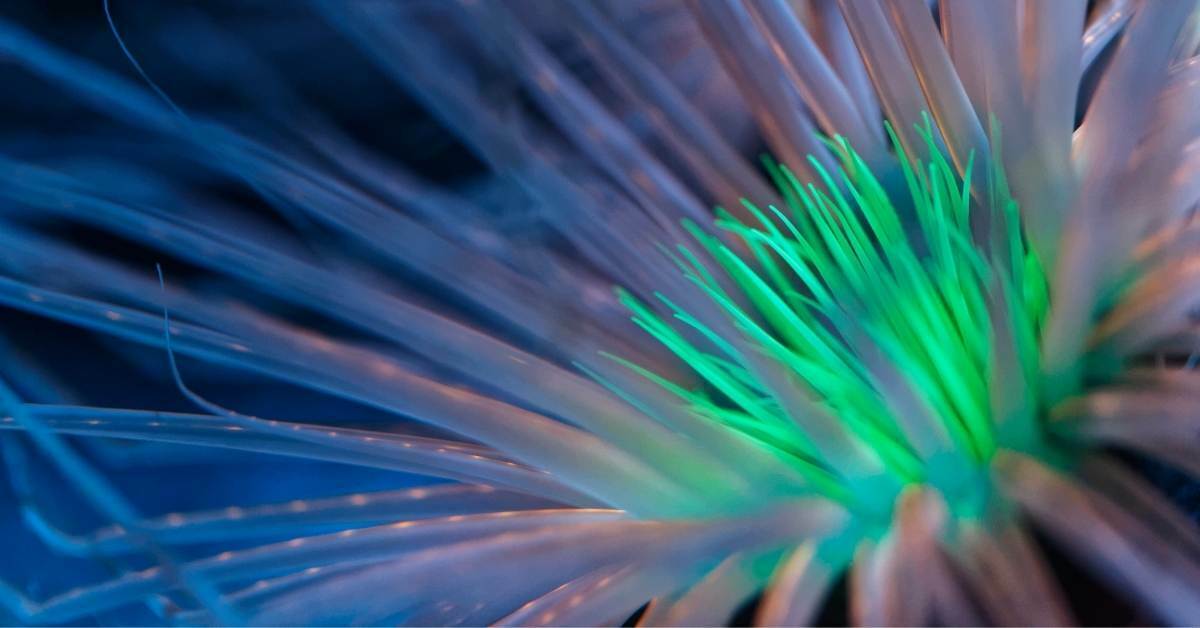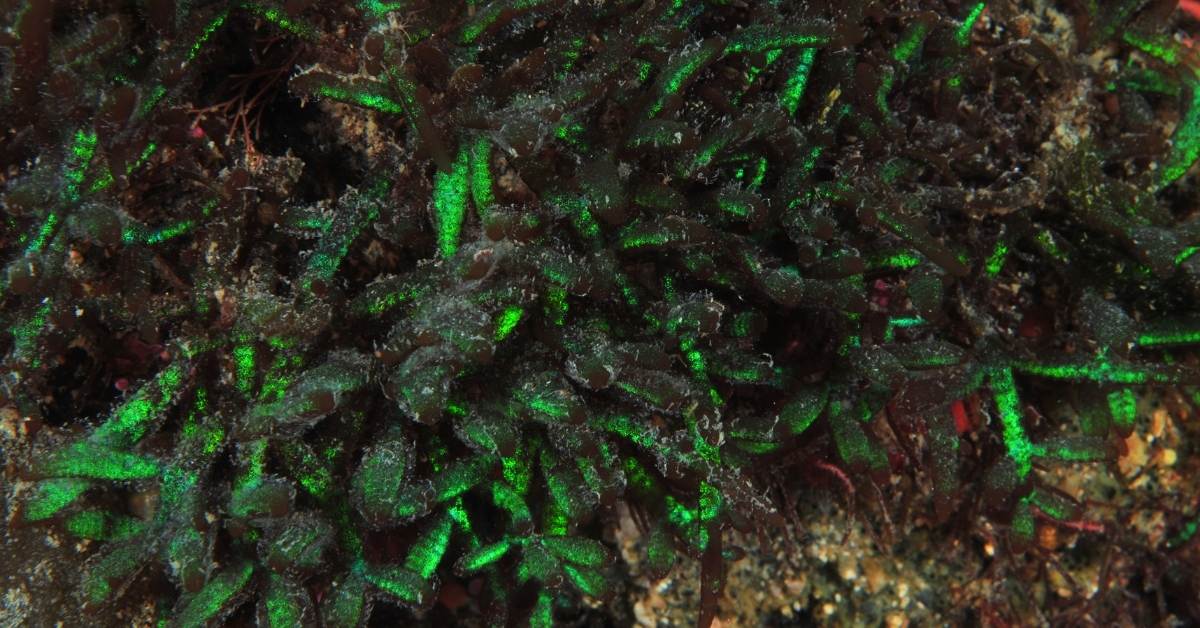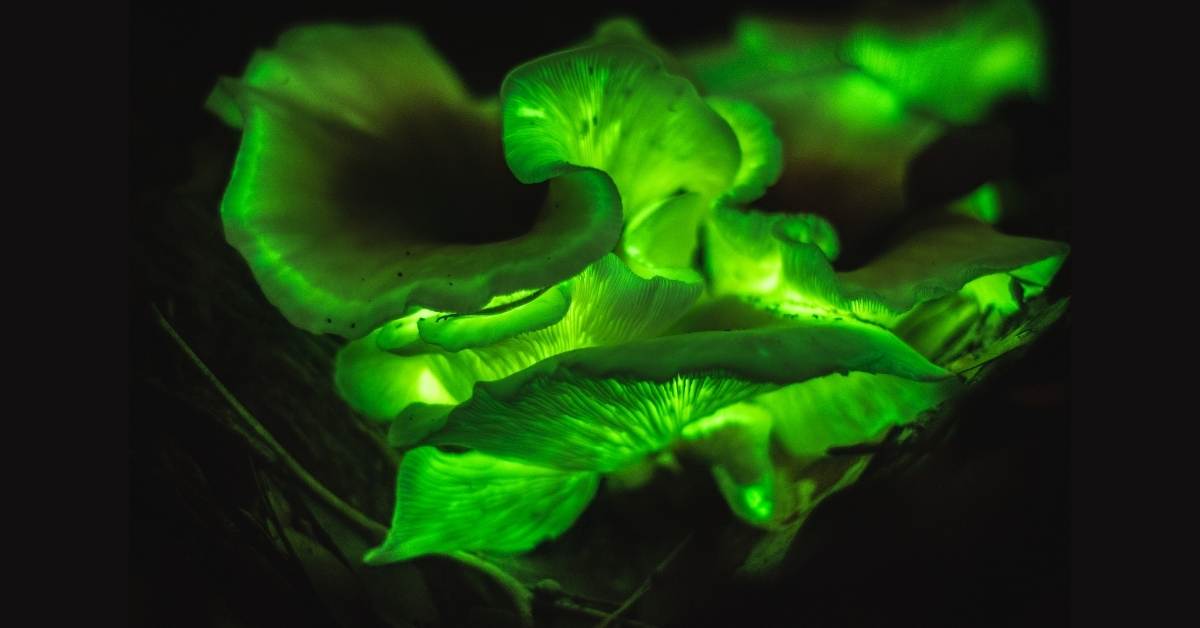As the name suggests, bioluminescent plants are a type of plant that has the ability to produce luminescence or glow like a firefly. In order to obtain bioluminescent plants, one has to go through a series of changes in their genetic code and metabolism.
Bioluminescent plants have evolved into a viable alternative for replacing nighttime street lights, reducing pollution, and genuinely decorating homes. Keep reading to learn more about bioluminescent plants, the benefits of their use in daily life, and their application in areas with no access to electricity.

Genetic code that illuminates life
Bioluminescent plants are created by changing the genetic code of several plant species that are combined with bioluminescent fungi or bacteria. To ensure the success of the process, the scientists select types of bacteria or fungi that have a similar metabolic process.
The most common types are the bioluminescent mushrooms because they contain an organic molecule that plants have in their components called caffeic acid.
For mushrooms to be luminescent, the caffeic acid comes into contact with four enzymes during a metabolic process. The first two enzymes convert the caffeic acid into a luminescence initiator. The initiator then becomes subjected to an oxidation process by the third enzyme to generate a photon.
The last enzyme converts the photon to caffeic acid, and the cycle is repeated. The caffeic acid in plants is the molecule that is responsible for the formation of cell walls. It also plays an essential role in other internal processes of plants, such as pigmentation, properties, and smells.
Through the manipulation and supervision of scientists, plants are subjected to the process of fungal luminescence, albeit in an induced manner, since these are species that do not have the ability to perform this process on their own.
What is bioluminescence?
Bioluminescence is the ability of a living organism to generate and emit light, i.e., to send it out. This is possible through specific chemical reactions that take place within the organism. A fluorescent substance (luciferin) is oxidized to oxyluciferin with the help of an enzyme (luciferase) (consumption of oxygen and energy).
When oxyluciferin (not oxiluciferin) decays, energy is generated, which is converted into light of a specific wavelength (λ max 530 nm) with almost no loss. Due to the wavelength, we perceive the glow as green.
Natural bioluminescent plants?

Naturally occurring bioluminescent plants are very rare to find. However, bioluminescence is widespread in other components of nature. In the animal and fungal kingdoms, it is normal to find a variety of species that exhibit the trait of bioluminescence.
For example, more than 80% of marine life is bioluminescent, and around 80 species of mushrooms also have the ability to produce light. There are also creatures and insects that brighten up their environments, such as fireflies and similar species.
Lighting capacity of a facility
The creation of bioluminescent plants presents the challenge of replacing artificial energy with natural energy. By purchasing the plants or seeds to grow your bioluminescent plants at home, this type of plant guarantees lighting that will decrease over the months.
Lighting from bioluminescent plants allows you to walk around the rooms of your home without tripping over any furniture. However, using their luminescence for tasks such as reading or cooking is not recommended. However, the laboratories that developed these bioluminescent plants made additional modifications to make their lights last a year or more.
Bioluminescent plant use for street lighting.
Some towns across the world are considering replacing their electrical illumination with energy that is produced in a clean and ecologically acceptable manner. Bioluminescent plants were included in the choices despite their limited growth since they do not rely on large-scale activities to illuminate the city and have other environmental advantages.
A number of programs were underway across the world to assure the appropriate usage of bioluminescent plants. One of them is concerned with the creation of bioluminescent plants for use in street lighting. These types of street lights provide illumination as well as an aesthetic element to city roadways.
Finally, gold nanoparticles are offered as a means of generating light in trees. These particles were said to be capable of producing illumination similar to that of an LED bulb. Finally, any project involving bioluminescent plants needs to evolve to ensure that the light emission from the plants is long-lasting.

Benefits of using bioluminescent plants
The use of bioluminescent plants represents a significant change in the lifestyle of the people and their use of natural resources is. The use of bioluminescent plants for street and outdoor lighting reduces the production of greenhouse gases when generating electricity.
In return, the plants are in the environment absorb carbon dioxide present, release oxygen and give the areas where they are grown a better picture.
Particular products for people who care about the environment
If you are one person who is concerned about climate change and you want to start working to reduce pollution, you need to change your daily habits and the dishes you use on a daily basis.


